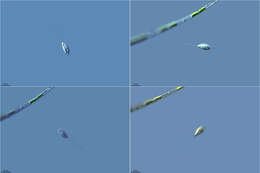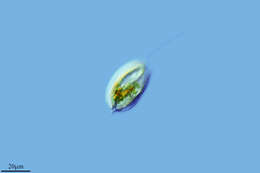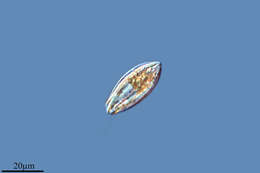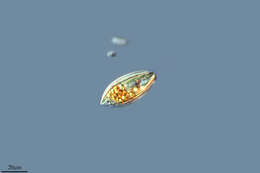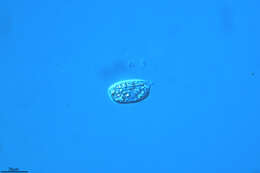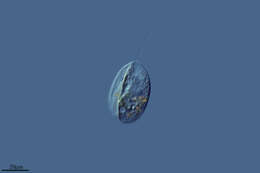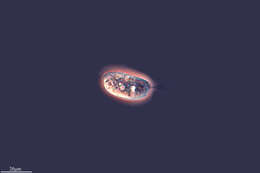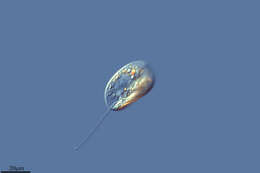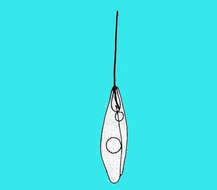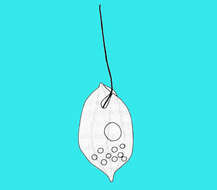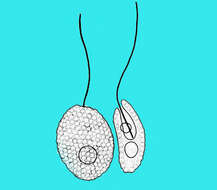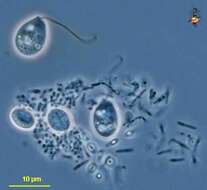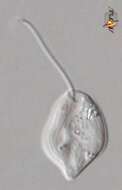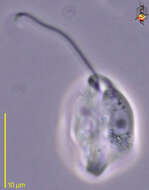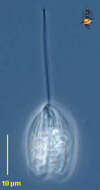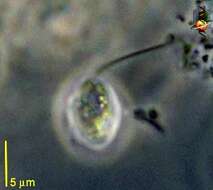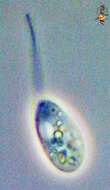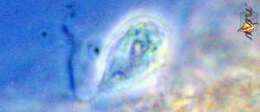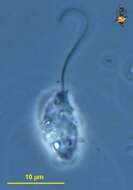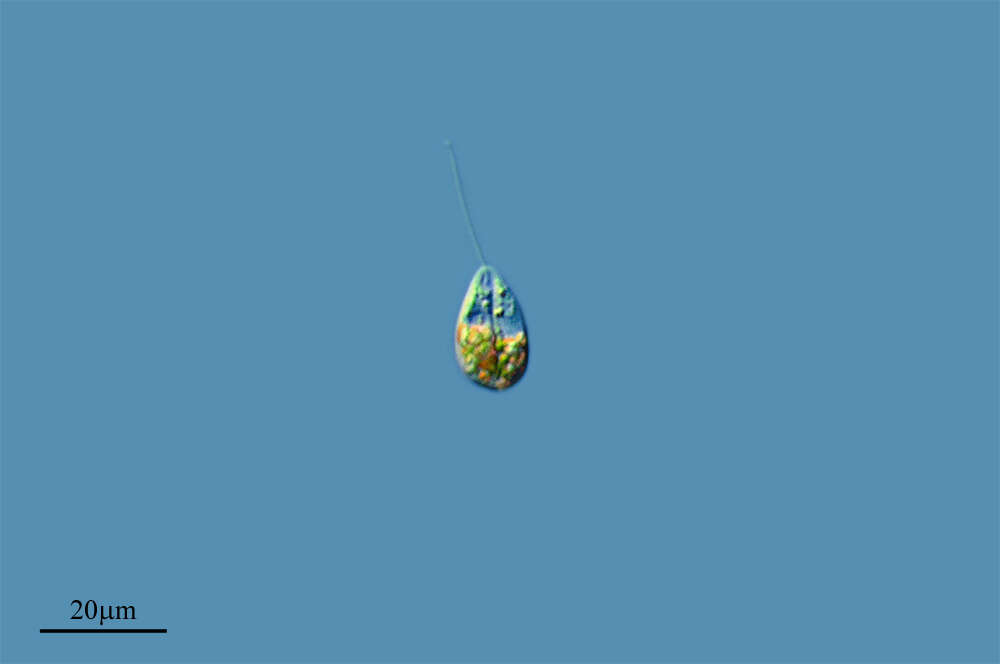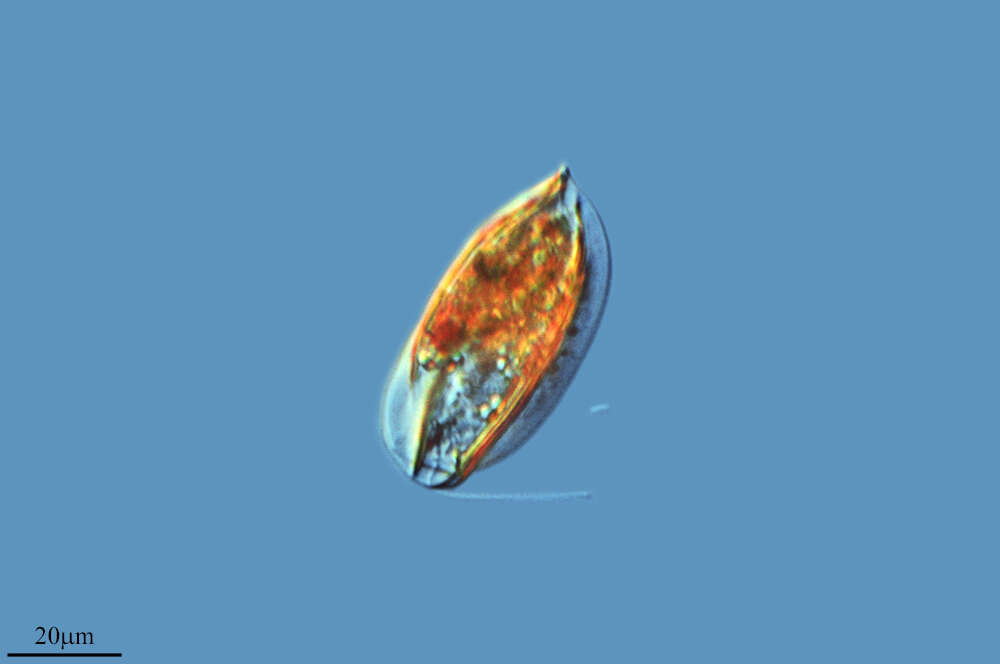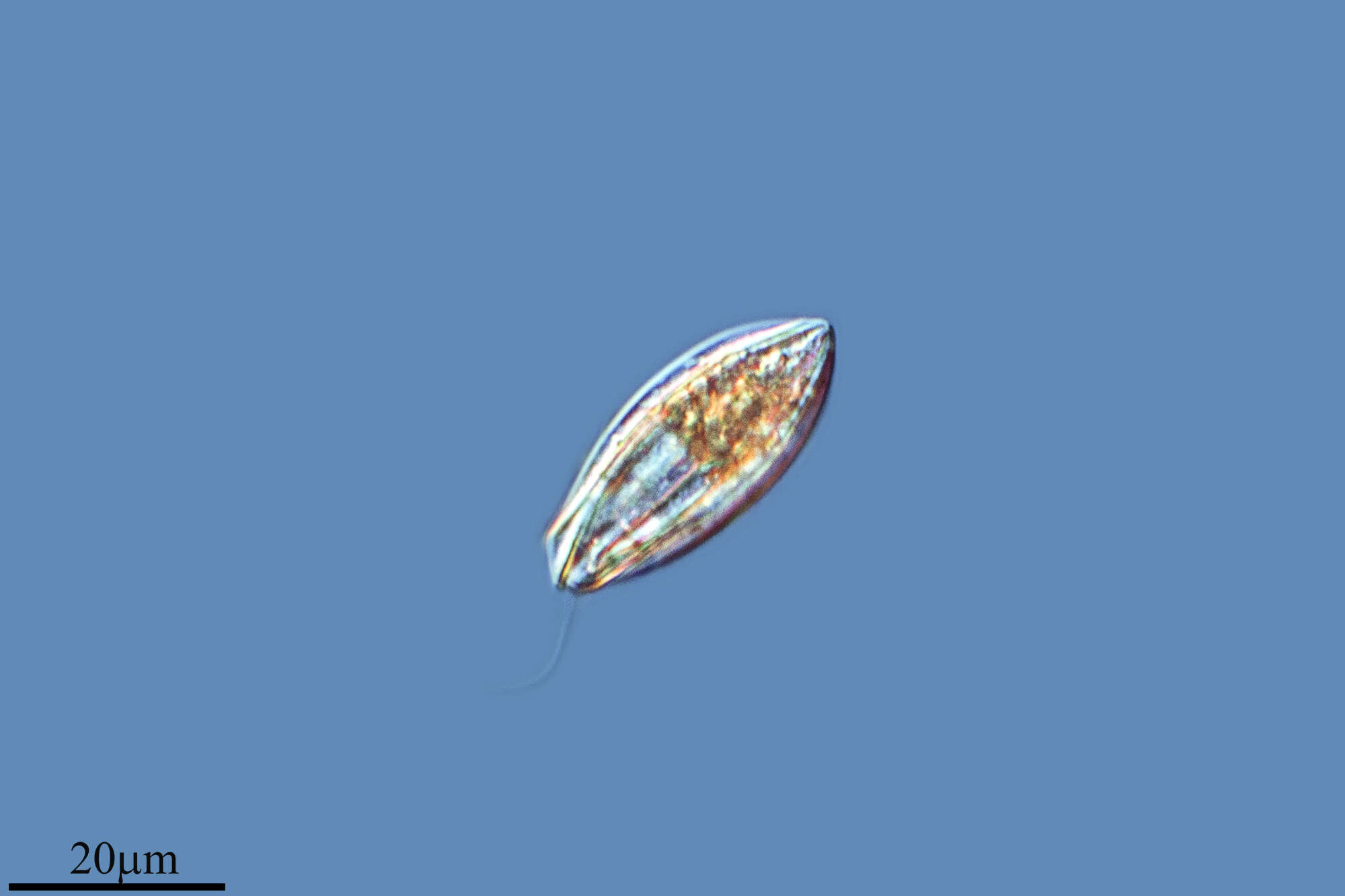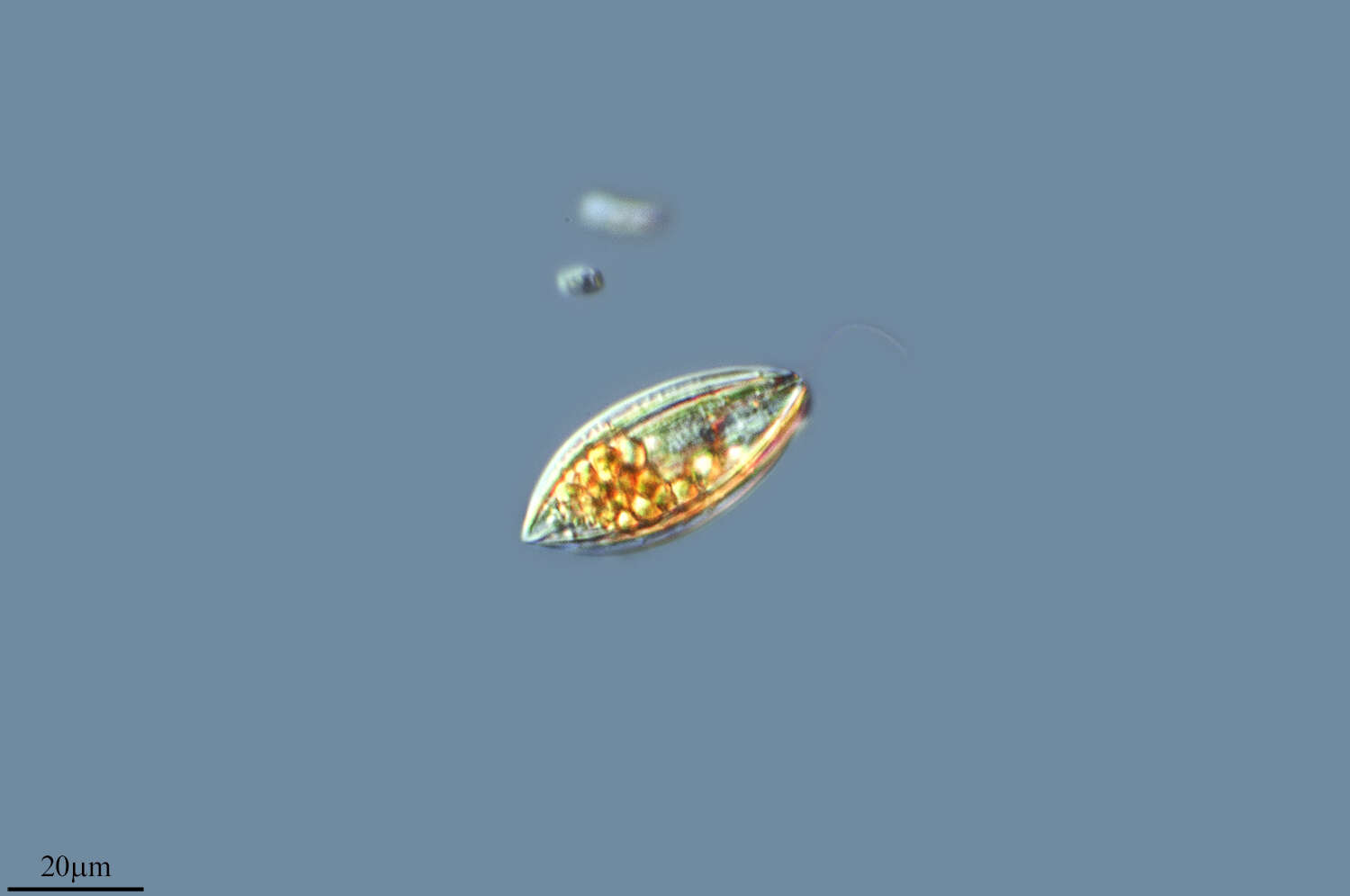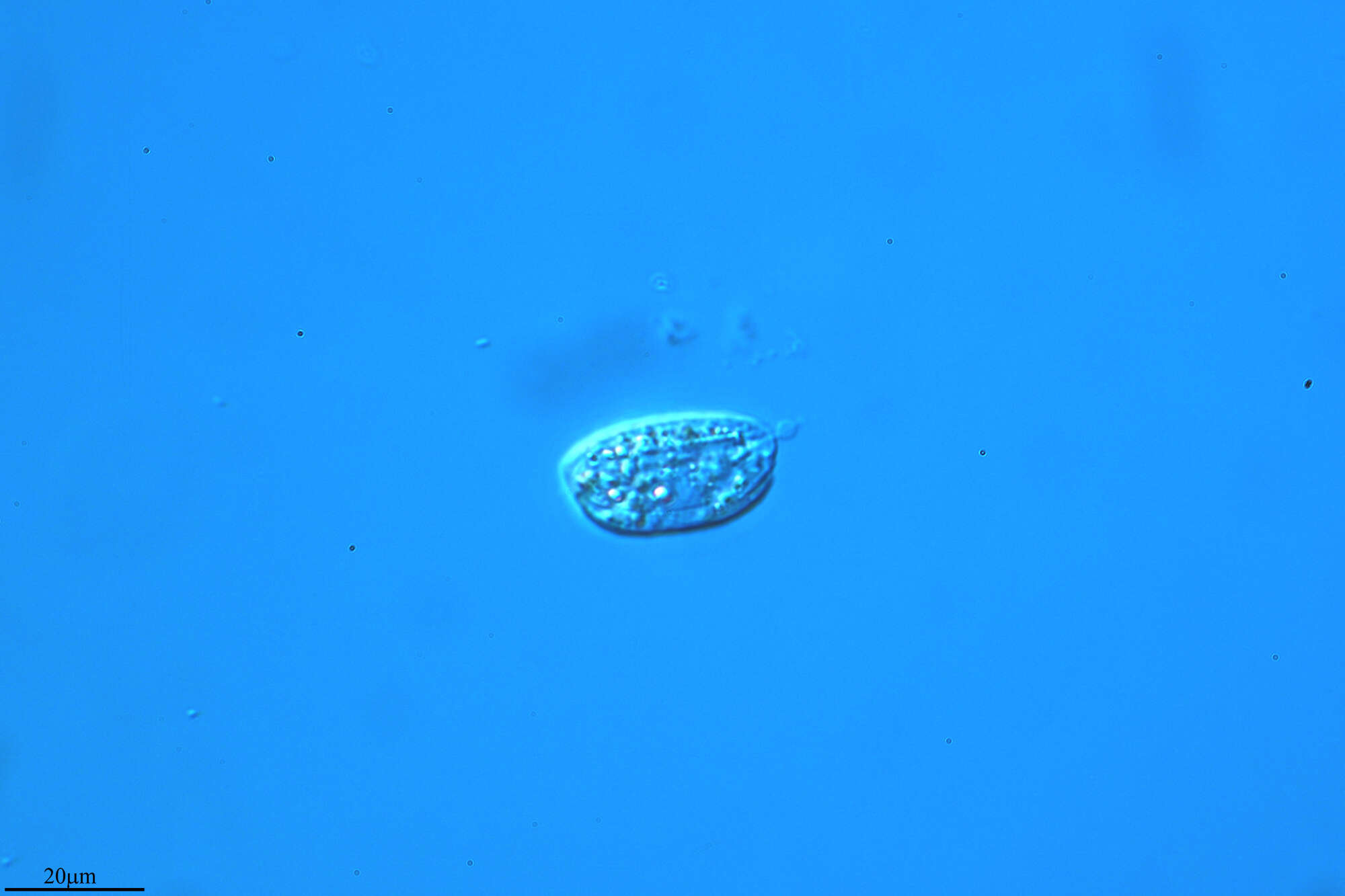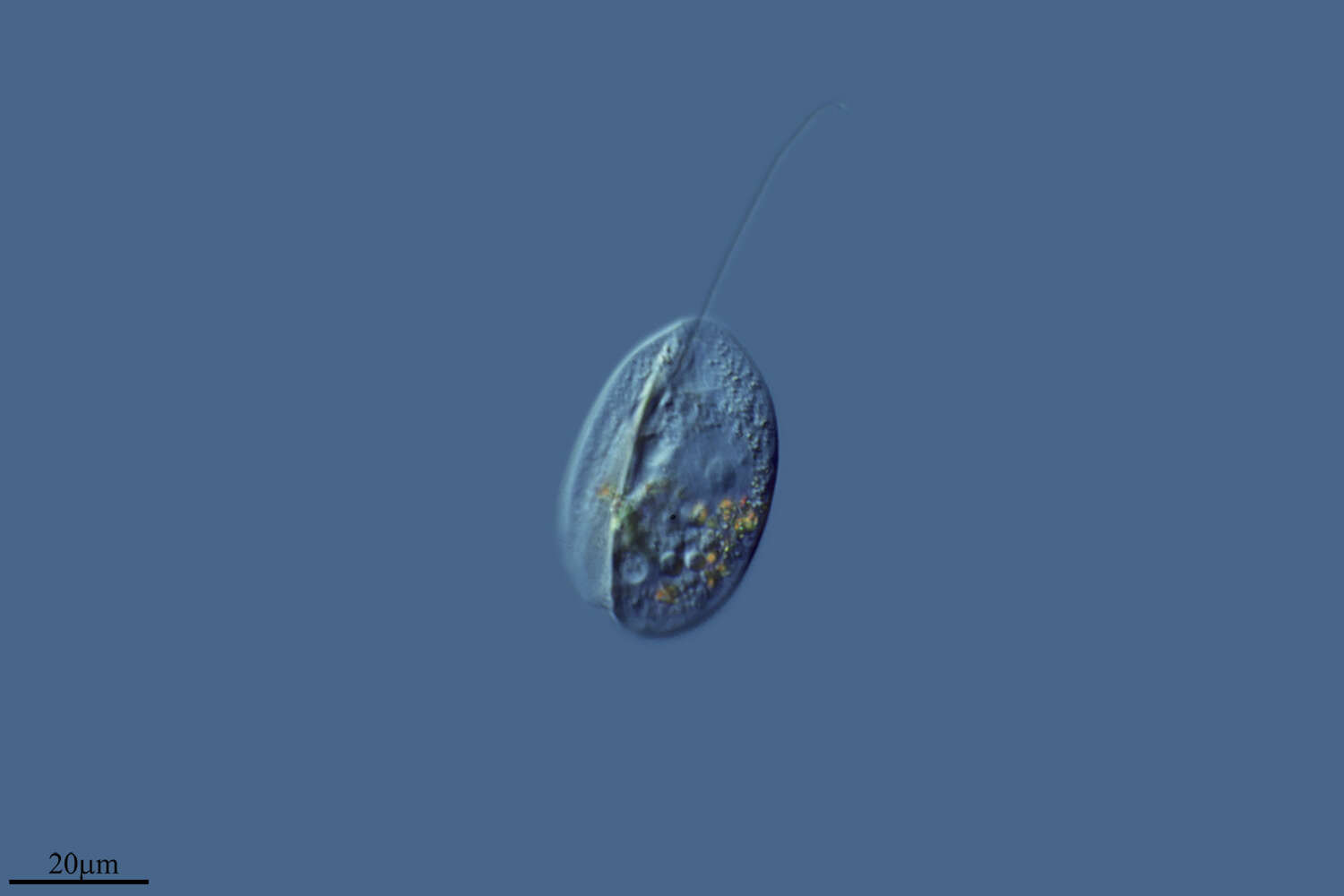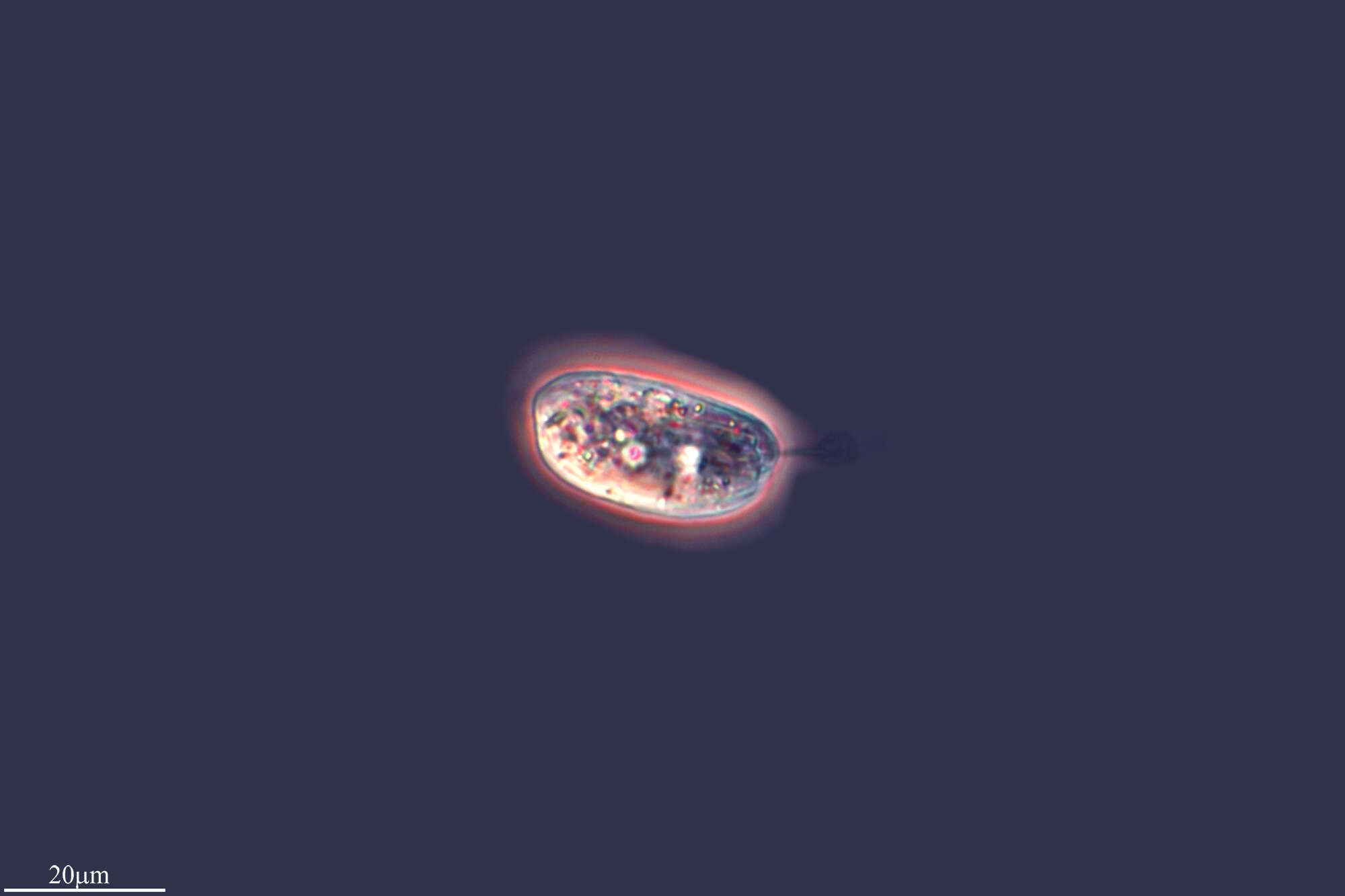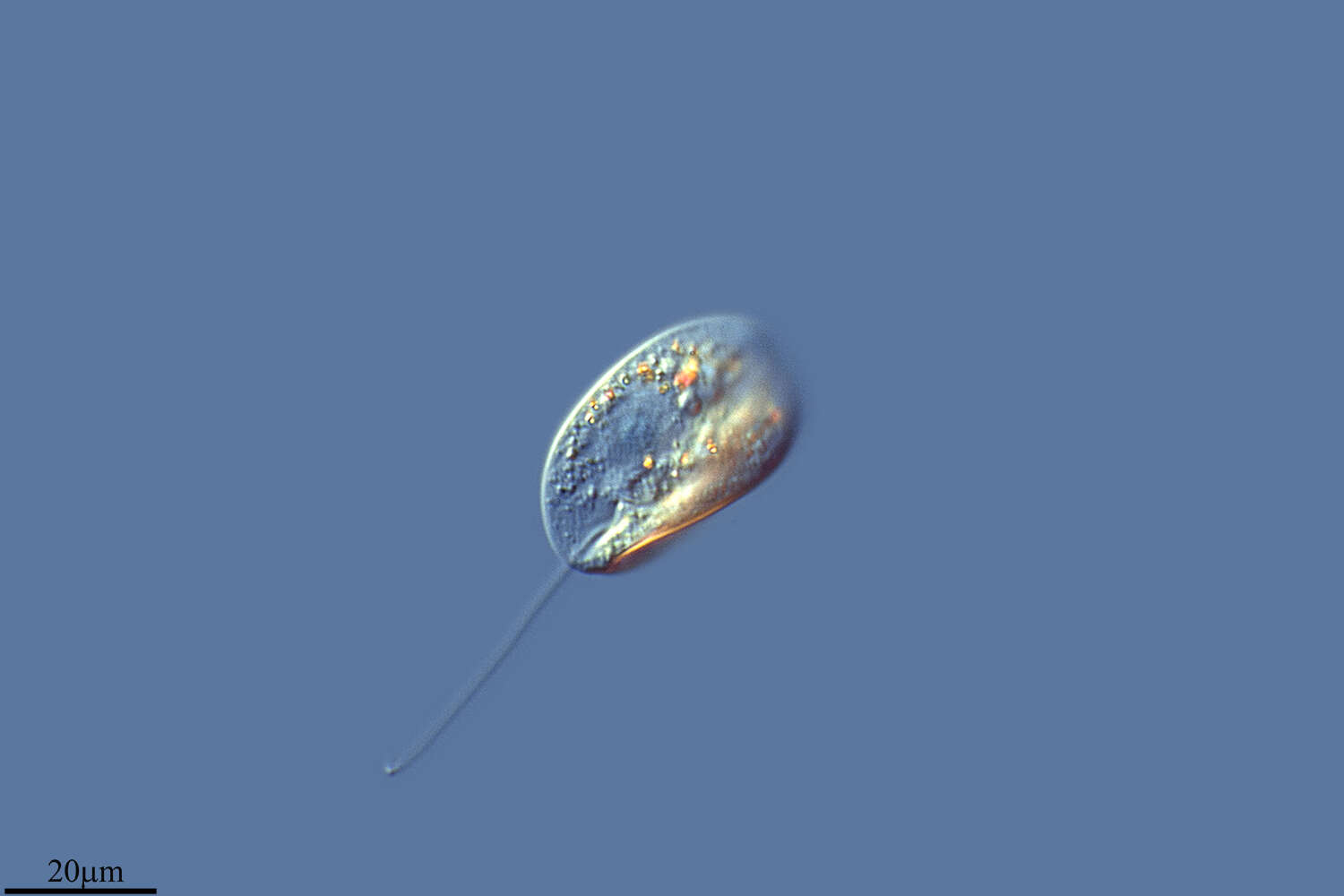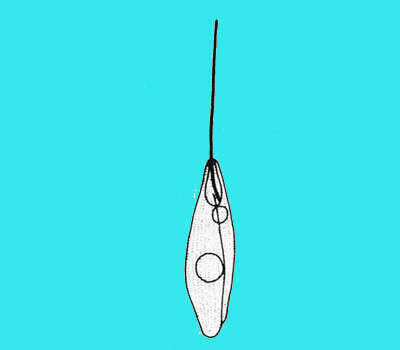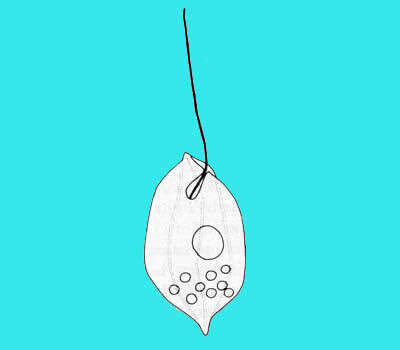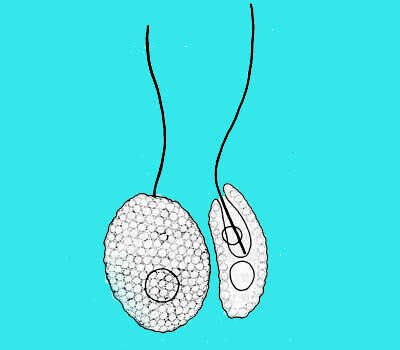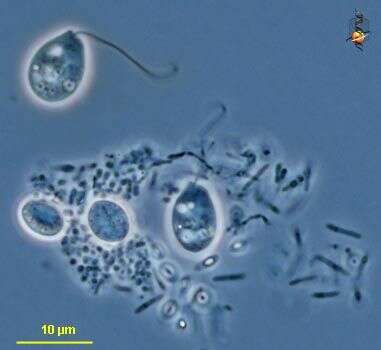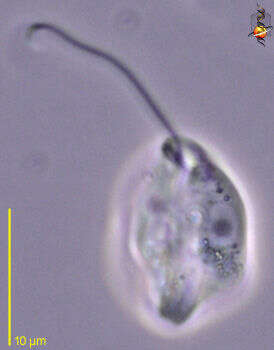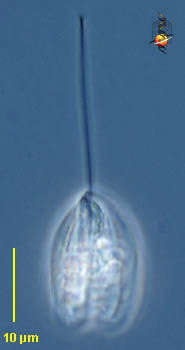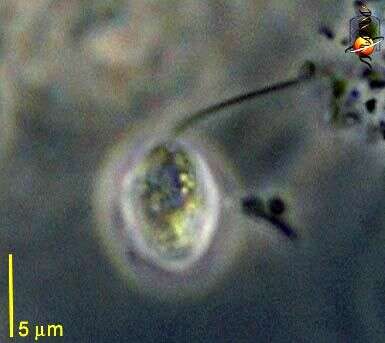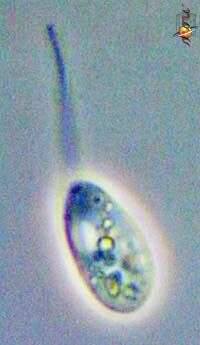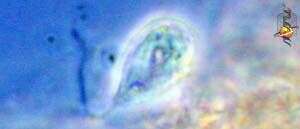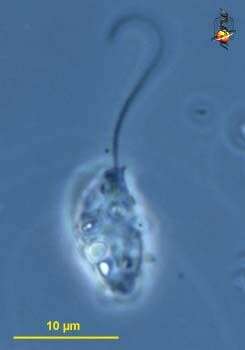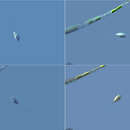-
Ribadelago de Franco, Castille and Leon, Spain
-
Alforja, Catalonia, Spain
-
Ribadelago de Franco, Castille and Leon, Spain
-
Ribadelago de Franco, Castilla y Len, Espaa
-
Lumbreras, La Rioja, Spain
-
Villoslada de Cameros, La Rioja, Spain
-
El Quintanar, Castilla y Len, Espaa
-
Puerto Montt, Los Lagos, Chile
-
Casas de Fadoncino, Castille and Leon, Spain
-
Puerto Montt, Los Lagos, Chile
-
Puerto Montt, Los Lagos, Chile
-
Casas de Fadoncino, Castille and Leon, Spain
-
-
-
-
Petalomonas (pet-al-owe-moan-ass), rigid heterotrophic (no plastids) euglenid, one emerging flagellum which points in front of the moving cells. The flagellum starts within the flagellar pocket (also called the reservoir, and seen to the right) extends through a flagellar canal (not visible) and out at or near the apex of the cell. Either absorbs soluble food or consumes small particles although no mouth is visible by light microscopy. This species is probably P. pusillum, one of the smallest species and usually considered to have a smooth surface, although careful microscopy reveals minor ridges and folds. With cysts. Phase contrast.
-
Petalomonas (pet-al-owe-moan-ass), rigid heterotrophic (no plastids) euglenid, one emerging flagellum which points in front of the moving cells. The flagellum starts within the flagellar pocket (also called the reservoir) extends through a flagellar canal and out at or near the apex of the cell. Either absorbs soluble food or consumes small particles although no mouth is visible by light microscopy. Most species have longitudinal or slightly spiral ridges or folds. Mode of feeding is not clear. Common in freshwater and marine ecosystems. Differential interference contrast.
-
Petalomonas (pet-al-owe-moan-ass), rigid heterotrophic (no plastids) euglenid, one emerging flagellum which points in front of the moving cells. The flagellum starts within the flagellar pocket (also called the reservoir) extends through a flagellar canal and out at or near the apex of the cell. Either absorbs soluble food or consumes small particles although no mouth is visible by light microscopy. Most species have longitudinal or slightly spiral ridges or folds. The structure to the left and near the equator of the cell is its nucleus. Mode of feeding is not clear. Common in freshwater and marine ecosystems. Phase contrast.
-
Petalomonas (pet-al-owe-moan-ass), rigid heterotrophic (no plastids) euglenid, one emerging flagellum which points in front of the moving cells. The flagellum starts within the flagellar pocket (also called the reservoir) extends through a flagellar canal (not visible) and out at or near the apex of the cell. Either absorbs soluble food or consumes small particles although no mouth is visible by light microscopy. Most species like this one have longitudinal or slightly spiral ridges or folds. Phase contrast.
-
Petalomonas (pet-al-owe-moan-ass), rigid heterotrophic (no plastids) euglenid, one emerging flagellum which points in front of the moving cells. The flagellum starts within the flagellar pocket (also called the reservoir, and seen to the right) extends through a flagellar canal (not visible) and out at or near the apex of the cell. Either absorbs soluble food or consumes small particles although no mouth is visible by light microscopy. This species is probably P. pusillum, one of the smallest species and usually considered to have a smooth surface, although careful microscopy reveals minor ridges and folds. With cysts. Phase contrast.
-
Petalomonas (pet-al-owe-moan-ass), rigid heterotrophic (no plastids) euglenid, one emerging flagellum which points in front of the moving cells. The flagellum starts within the flagellar pocket (also called the reservoir, and seen to the left) extends through a flagellar canal (not visible) and out at or near the apex of the cell. Either absorbs soluble food or consumes small particles although no mouth is visible by light microscopy. This species is P. pusillum, one of the smallest species and usually considered to have a smooth surface, although careful microscopy reveals minor ridges and folds. Phase contrast.
-
Petalomonas (pet-al-owe-moan-ass), rigid heterotrophic (no plastids) euglenid, one emerging flagellum which points in front of the moving cells. and helps hold the cells against the substrate. The flagellum starts within the flagellar pocket (also called the reservoir) extends through a flagellar canal and out at or near the apex of the cell. Either absorbs soluble food or consumes small particles although no mouth is visible by light microscopy. Most species bear longitudinal or slightly spiral ridges or folds. Mode of feeding is not clear. Common in freshwater and marine ecosystems. Phase contrast.
-
Petalomonas (pet-al-owe-moan-ass), rigid heterotrophic (no plastids) euglenid, one emerging flagellum which points in front of the moving cells. The flagellum starts within the flagellar pocket (also called the reservoir, and seen to the left) extends through a flagellar canal (not visible) and out at or near the apex of the cell. Either absorbs soluble food or consumes small particles although no mouth is visible by light microscopy. Phase contrast.
-

